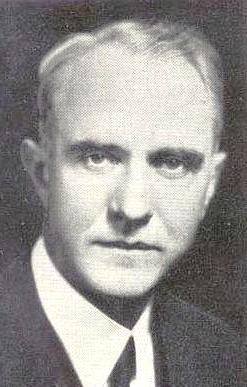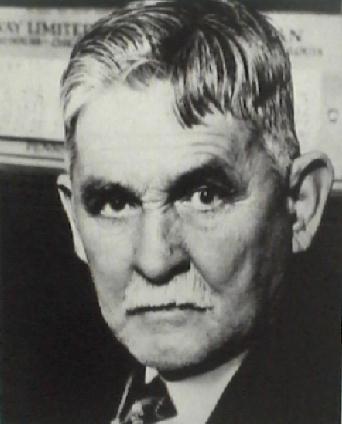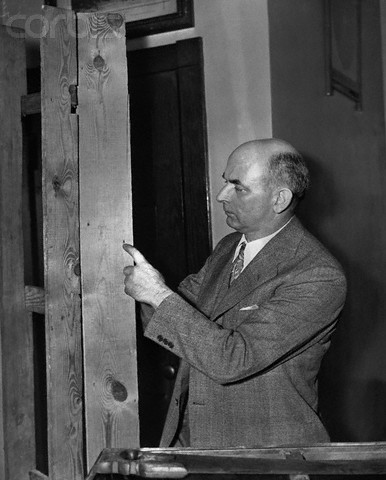LizzieMaine
Bartender
- Messages
- 34,054
- Location
- Where The Tourists Meet The Sea
It truly was the Crime of the Century: the abduction and murder of Charles A. Lindbergh Jr. galvanized the world, and even now, eight decades gone, rarely does a year pass without a new book being published or a new theory being promulgated on exactly what happened and how. With a new PBS documentary coming out in January examining the role of forensic evidence in the case, it might be a good time to see what Loungers think about the case.
Here are my own views, based on reading too many books covering both sides of the debate, along with much of the original trial coverage in the press of the time:
* Charles A. Lindbergh Junior is dead. He was killed the night of March 1st, 1932, and his body was found two and a half months later by a truck driver who stopped at the side of the road to relieve himself and stumbled over the remains half buried in the woods. Latter-day claimants to the contrary, that corpse was, in fact, the Lindbergh Baby. Aside from a mild case of rickets, the baby was physically and developmentally normal.
* Neither Charles nor Anne Lindbergh, nor any member of the Morrow family, nor any member of the domestic staff of the Lindbergh or Morrow homes had anything to do with the abduction or death of the child.
*Dr. John F. "Jafsie" Condon was exactly what he seemed to be: an elderly neighborhood windbag who liked to see his name in the paper, and who offered himself as the ransom intermediary without ever actually expecting to be taken up on the offer. He had nothing whatever to do with the actual crime.
*The mysterious fur trader/con man Isidor Fisch had nothing to do with the actual kidnapping or murder. He may very well have helped to launder the ransom money -- without knowing of its true origin -- but there is no evidence that he actually committed the murder, or that he was in any other way connected to the case.
*The note found in the baby's bedroom and the various messages to Lindbergh and Condon were from the same source, and were written by the same man.
*One man committed the crime and collected the ransom money. The weight of the circumstantial evidence points to one man, and one man only: Bruno Richard Hauptmann. He may have been aided by accomplices -- such as Fisch -- in disposing of the money, but they were not involved in the main crime.
I used to think Hauptmann was framed, but the more I read and the more I thought about the case, the more I agreed that the original jury made the right decision. Your views -- and why?
Here are my own views, based on reading too many books covering both sides of the debate, along with much of the original trial coverage in the press of the time:
* Charles A. Lindbergh Junior is dead. He was killed the night of March 1st, 1932, and his body was found two and a half months later by a truck driver who stopped at the side of the road to relieve himself and stumbled over the remains half buried in the woods. Latter-day claimants to the contrary, that corpse was, in fact, the Lindbergh Baby. Aside from a mild case of rickets, the baby was physically and developmentally normal.
* Neither Charles nor Anne Lindbergh, nor any member of the Morrow family, nor any member of the domestic staff of the Lindbergh or Morrow homes had anything to do with the abduction or death of the child.
*Dr. John F. "Jafsie" Condon was exactly what he seemed to be: an elderly neighborhood windbag who liked to see his name in the paper, and who offered himself as the ransom intermediary without ever actually expecting to be taken up on the offer. He had nothing whatever to do with the actual crime.
*The mysterious fur trader/con man Isidor Fisch had nothing to do with the actual kidnapping or murder. He may very well have helped to launder the ransom money -- without knowing of its true origin -- but there is no evidence that he actually committed the murder, or that he was in any other way connected to the case.
*The note found in the baby's bedroom and the various messages to Lindbergh and Condon were from the same source, and were written by the same man.
*One man committed the crime and collected the ransom money. The weight of the circumstantial evidence points to one man, and one man only: Bruno Richard Hauptmann. He may have been aided by accomplices -- such as Fisch -- in disposing of the money, but they were not involved in the main crime.
I used to think Hauptmann was framed, but the more I read and the more I thought about the case, the more I agreed that the original jury made the right decision. Your views -- and why?





















